Two gold bars have been deposited as metal electrodes on the top surface, then, the amorphous carbon layer on the top surface electrically connects the CNTs grown inside the pores . Reprinted and modified with permission from Ref. . IOP Science Copyright © 2023. The ionic transport using an assembly of PAA/Graphene was studied by Akhtar et al. , introducing 0.5 M potassium chloride and deionized water in a side-by-side Franz diffusion cell. It was found that the samples with graphene sheets on top of the PAA template with a 20 nm average pore diameter block 66% ions transport.
Research on the separation and purification of 14C emissions from nuclear power plant by chemical exchange method
To capture emerging technology trends, topics, we propose a method we refer to as “Carbon-dating Articles with Transformer Series”. The name references the Radiocarbon dating method for determining the age of an object containing organic material by using the properties of radiocarbon, a radioactive isotope of carbon. In our method, we take advantage of the state-of-the-art transformer-based architectures in Natural Language Processing .
Arnold, J. R. & Libby, W. F. Age determinations by radiocarbon content — checks with samples of known age. Science 110, 678–680 Bravodate . Stuiver and H. Suess, On the relationship between radiocarbon dates and true sample ages, Radiocarbon, Vol. 8, 1966, 535.
In this way, as described in Section 2.2.2 different impurities levels are obtained close to the pore wall structure. With this, different catalytic activities during the CNTs growth have been detected depending on the anion level. Furthermore, diffusion performance tests of Rose Bengal molecules have been executed to study the impact of the geometry features of the resulting CNTs/PAA composite. Recently, Ryzhkov et al. compared experimental data with gas phase and surface reaction models to describe the growth of CNTs in PAA membranes.
Sens. Actuators A Phys. Akhtar, S.; Ali, S.; Kafiah, F.M.; Ibrahim, A.; Matin, A.; Laoui, T. Preparation of graphene-coated anodic alumina substrates for selective molecular transport. Carbon Lett. Ou, F.S.; Shaijumon, M.M.; Ci, L.; Benicewicz, D.; Vajtai, R.; Ajayan, P.M. Multisegmented one-dimensional hybrid structures of carbon nanotubes and metal nanowires. Chen, H.; Roy, A.; Baek, J.-B.; Zhu, L.; Qu, J.; Dai, L. Controlled growth and modification of vertically-aligned carbon nanotubes for multifunctional applications. R Rep.
The fact that they do indeed contain measurable amounts of carbon-14 suggest that they are a good deal younger than the billion years claimed, and certainly must be less than years old. This does not prove a biblical age of 6000 years, but it is certainly consistent with that position. Radiocarbon Dating inaugurates a new series, “Interpreting the Past,” published jointly by the British Museum and the University of California Press.
AMD Ryzen 9 7900 Hands-On Review
The voluntary carbon market is complex and has so many options for different project types, eligible brokers, and contracting structures. Our most successful brands track the market throughout the year—from attending webinars and workshops, to simply following carbon providers and credit screening organizations on LinkedIn. Stay-tuned for Part II in this series where we will dig deeper into 2022 Climate Neutral certified reduction strategies. Because of the increase in credit price, people spent much more time exploring project options than they did in 2021. I was often impressed by the depth of carbon credit research our certification leads conducted during a few short weeks mid-certification.
Flat Gaps Challenge Long Geologic Ages–by Ariel A. Roth
Quaternary Sci. -Eiszeitalt. Und Ggw. 57, 2–24 . Brock, F., Higham, T. & Ramsey, C. B. Pre-screening techniques for identification of samples suitable for radiocarbon dating of poorly preserved bones.
Even if the PAA templates offers a nice host for 1D carbon nanostructures, the ordering and orientation of the tubes are lost when the tubes emerge from the pores. On the other hand, the template-based method guarantees the collectively order of the MWCNTs, but these have high density of structural defects leading to tubes with poor electronic transport properties. Then, this kind of application are severely limit since seems very complicate to conciliate the collectively ordering and the low structural defects amounts of the carbon nanostructures synthetized inside the PAA templates. There are some applications published using a PAA/graphene assembly but in all of these cases a graphene transfer process is involved. This step can complicate the fabrication and induce reliability and reproducibility issues. On the other hand, there is not any reported work focused on the direct planar graphene synthesis on the PAA template.
The aim is to provide a snapshot of some of the most exciting work published in the various research areas of the journal. Feature Papers represent the most advanced research with significant potential for high impact in the field. Feature Papers are submitted upon individual invitation or recommendation by the scientific editors and undergo peer review prior to publication. These methods can be used to date the age of a sediment layer, as layers deposited on top would prevent the grains from being “bleached” and reset by sunlight. Pottery shards can be dated to the last time they experienced significant heat, generally when they were fired in a kiln. Ale’s Stones at Kåseberga, around ten kilometres south east of Ystad, Sweden were dated at 56 CE using the carbon-14 method on organic material found at the site.
If this is not true, the ratio of 14C to 12C is not a constant, which would make knowing the starting amount of 14C in a specimen difficult or impossible to accurately determine. Before we get into the details of how radiometric dating methods are used, we need to review some preliminary concepts from chemistry. Recall that atoms are the basic building blocks of matter.
The RATE Group Findings
Hybrid diamond and DLC coated nanoporous alumina materials exhibit promising properties for implants applications. However, more effort must be performed to fully prove the biocompatibility of PAA. In conclusion, many approaches have been proposed to the growth of CNTs inside PAA templates using metal NPs catalysts.

